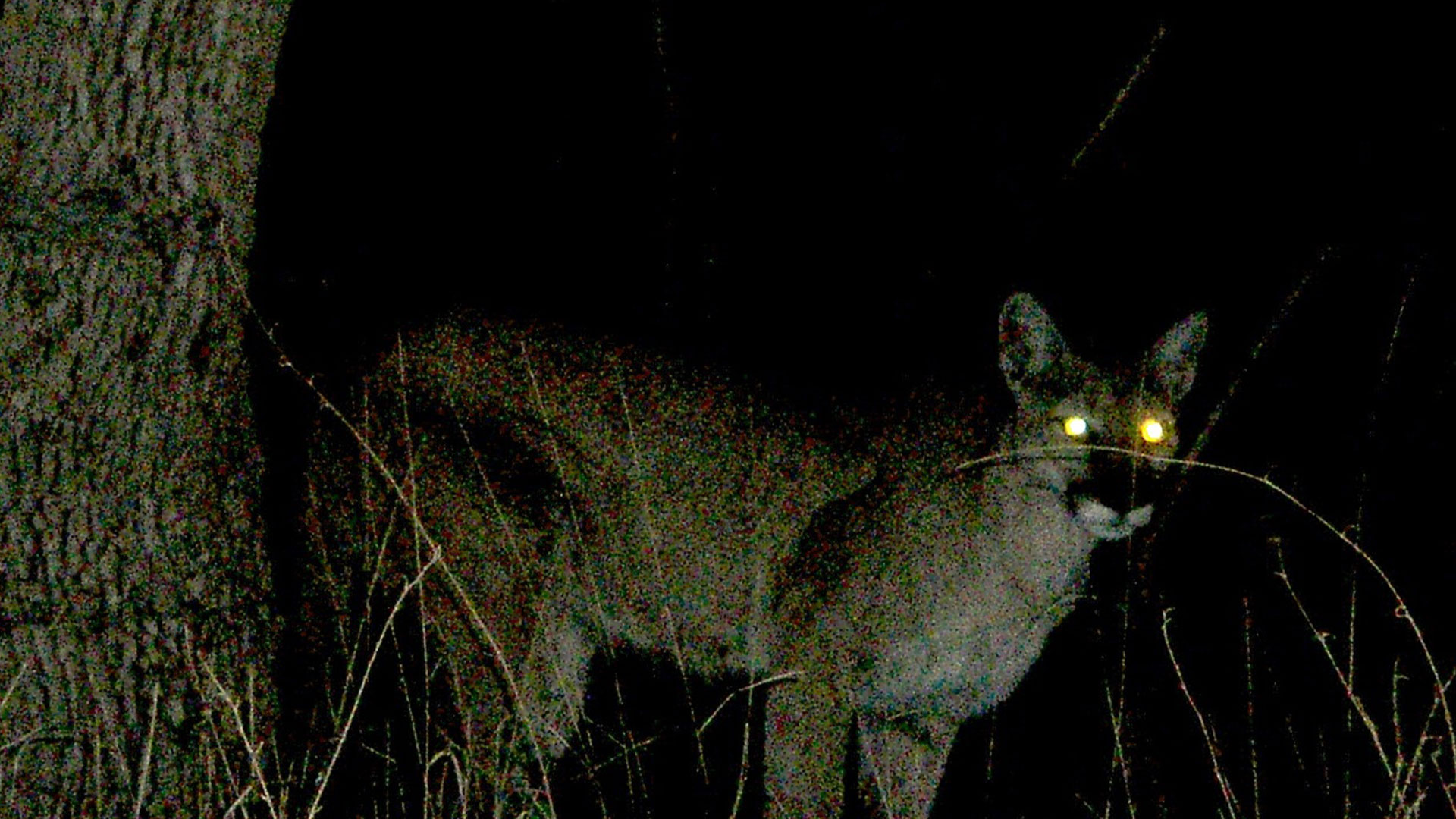
Freeman Dyson died in February, at the age of 96. This extraordinary British-American physicist, who spent the greater part of his career at the Institute for Advanced Study in Princeton, NJ, took pleasure in disrupting the science establishment with unconventional ideas. He was able to get attention for concepts that many would dismiss as silly or wrong, simply on the basis of his formidable intellect and untethered imagination. If Dyson claimed that climate change was beneficial, as he did, he knew experts would bristle. But they had to take him seriously.
One of Dyson’s contributions to the search for life in the cosmos (one of his favorite topics) was proposed in 1960 and is known as a Dyson sphere – a swarm of solar-paneled satellites that could provide enormous quantities of energy to a society advanced enough to build it. This idea was the basis of an early explanation for the dramatic dimming of Boyajian's Star (KIC 8462852).
However, another of the physicist’s schemes for discovering extraterrestrial life is more recent and less familiar: pit-lamping. The term refers to a night hunting technique in which bright lights (headlights or mining lamps) are aimed into the bush. Many animals can be located this way because their eyes appear to glow. Behind the retinas of rabbits, deer, cats and other critters is a layer, the tapetum lucidum, that reflects the light back in the direction from which it comes. This betrays the animals’ presence, of course.

Mountain lion in the East Bay hills near San Francisco. credit: Jim Hale
Dyson says we should go pit-lamping for alien life living on the small, icy bodies of the outer solar system. After all, in the last 4 billion years, some of these may have spawned plant-like biology in their interiors, where liquid water can exist. But life constrained to the inside of a comet-like object will have nothing but a low-energy existence. Out on the surface there’s at least the possibility to gather some of the radiation that the Sun produces.
Dyson’s suggestion is that tendrils from these organisms could poke through fractures in these icy worlds. These appendages might eventually develop thick outer layers to protect themselves from the cold vacuum of space. But the really big step would be the evolution of reflective petals – mirrors – that would collect and concentrate the weak sunlight of the outer solar system. This would give them a relatively high-octane source of energy for metabolism and for staying warm.
In addition, Dyson points out that if this type of life exists, it might be widespread. Because small objects have very weak gravity, impacts can easily kick material off at high speed. Any fragments of life thus hurled into space would already be adapted to cold and airless conditions, and might successfully seed whatever body they accidentally encounter.
The outer solar system could be replete with life.
So how to find these “sunflowers,” as Dyson calls them? The answer is pit-lamping, but using the Sun as the lamp. All that’s required is a telescopic search of the ecliptic in the direction opposite to the Sun (this assures that the prey, observer, and light source are all aligned.) Just hunt for bright speckles.
It’s an experiment that no one seems to have done, despite the fact that it’s hardly difficult. That seems both regrettable and myopic. Sure, it’s a long shot; as even Dyson admitted. But that’s hardly an argument against a simple and inexpensive search that could conceivably reveal a biosphere hiding in the darker realms of our own solar system.
Maybe you’re shaking your head. But no one foresaw pulsars or fast radio bursts either. As Dyson himself said, “My philosophy is to look for what’s detectable, not for what’s probable.”





